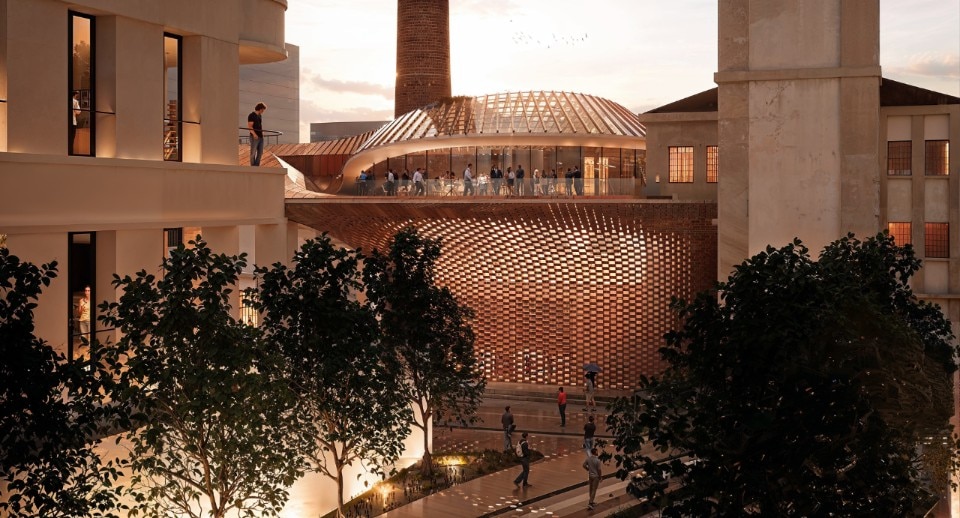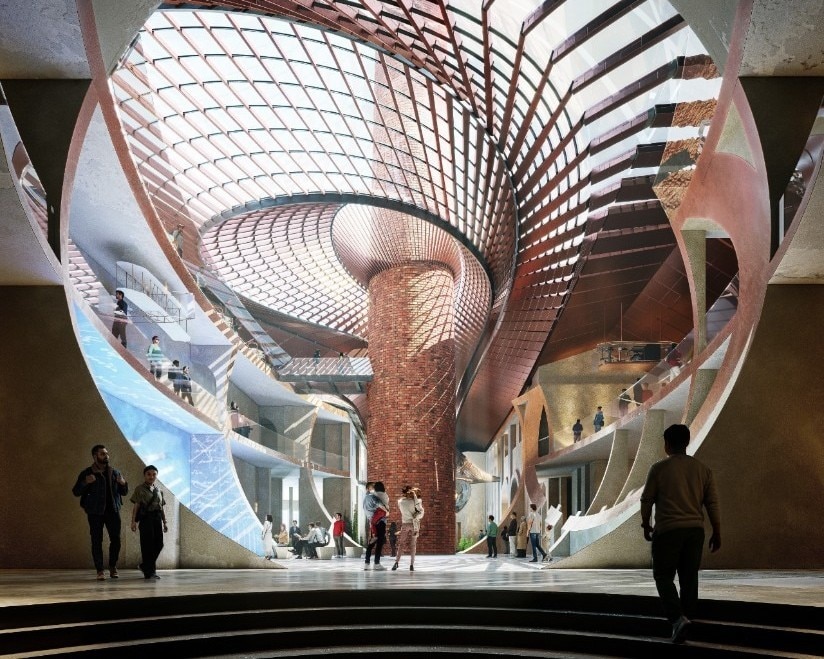Nikola Tesla was a visionary inventor, physicist and electrical engineer who contributed substantially to the development of various applied sciences and in particular electromagnetism, which he pioneered in the late 19th and early 20th century.
It is perhaps no coincidence that his intellectual legacy is being honoured by Zaha Hadid Architects who, for decades, have been deconstructing Euclidean geometry by translating architectural space into a system of energy flows and futuristic dynamisms, and who recently won with Bureau Cube Partners the competition for the adaptive reuse of the historic Milan Vapa paper mill in Belgrade to house the Tesla Museum.
The project aims to preserve the 1920s-era industrial heritage by improving its accessibility, functionality and public spaces, and transforming it into a place of culture and sociality for the entire community.

Inspired by the concepts of magnetism and interconnectivity explored widely by Tesla, the design incorporates dynamic elliptical curves that radiate from the old factory chimney, as a representative icon of the building's industrial past, and shape the volume by deforming it as if under the influence of invisible electrical forces. A new circular opening pierces the western façade and leads visitors into the central triple-height atrium, which distributes to exhibition spaces (including the fascinating Electronic Transformer Gallery, with a 12-million volt generator), temporary exhibition and event spaces, and services (a cafeteria, a multi-purpose hall and a rooftop restaurant with panoramic views of the Sava River).
Irradiating with centrifugal motion, the endogenous forces animating the interior space are externally transposed into a fluid sequence of paths, gardens and squares.
Particular attention is also paid to environmental sustainability, through passive design techniques and the use of renewable and geothermal energy.







